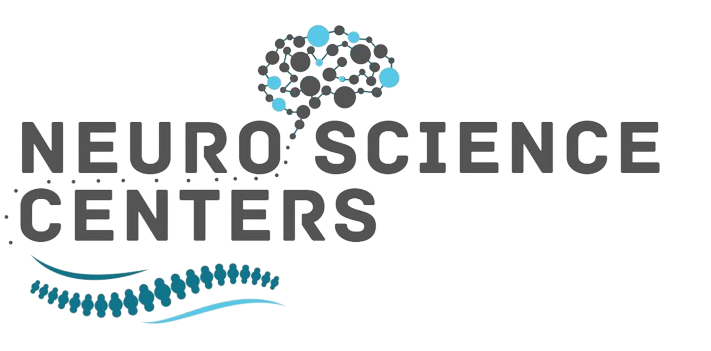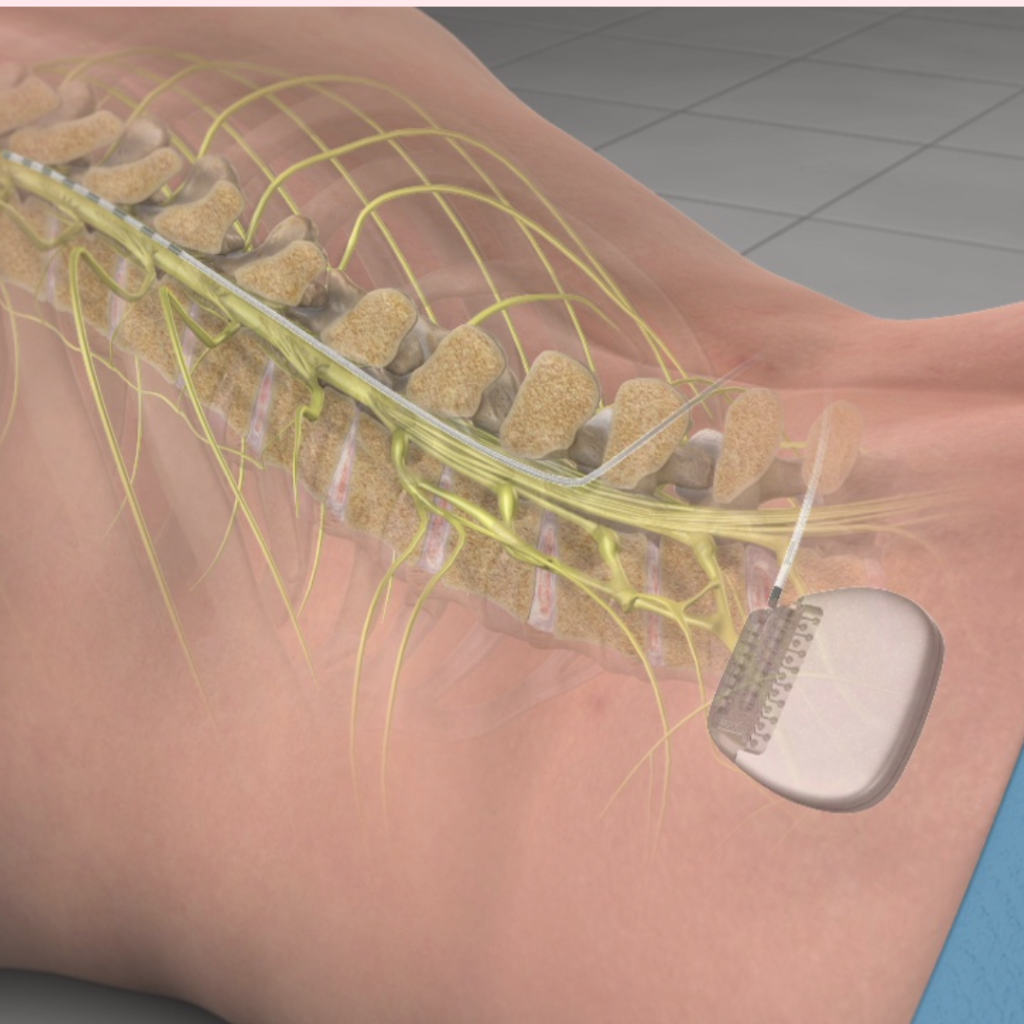Chronic pain affects millions of people worldwide, significantly impacting their quality of life. For those who have tried various treatments with little success, spinal cord stimulation (SCS) therapy offers a promising alternative. This innovative therapy involves implanting a device that sends electrical impulses to the spinal cord, helping to mask pain signals before they reach the brain. In this blog, we will explore the benefits of spinal cord stimulation therapy, how it works, and why it might be an effective solution for chronic pain relief.
Understanding Spinal Cord Stimulation Therapy
Spinal cord stimulation (SCS) therapy is a well-established treatment for chronic pain that has proven effective for many patients. Understanding how it works and the conditions it treats can help patients make informed decisions about their pain management options.
How Spinal Cord Stimulation Works
Mechanism of Action: SCS involves implanting a small device, similar to a pacemaker, under the skin. This device sends electrical impulses to the spinal cord, which interfere with the pain signals sent to the brain. By masking these pain signals, SCS can significantly reduce the perception of pain.
Components of the System: The SCS system consists of a pulse generator, leads (thin wires), and a remote control. The pulse generator is implanted under the skin, usually in the abdomen or buttocks, while the leads are placed near the spinal cord.
Conditions Treated by Spinal Cord Stimulation
Chronic Back and Leg Pain: SCS is often used to treat chronic pain in the back and legs, particularly when other treatments have failed.
Complex Regional Pain Syndrome (CRPS): This condition, characterized by severe pain and sensitivity, can be effectively managed with SCS.
Failed Back Surgery Syndrome (FBSS): Patients who continue to experience pain after back surgery may benefit from SCS therapy.
Peripheral Neuropathy: SCS can also be used to treat pain caused by peripheral neuropathy, which is damage to the nerves outside of the brain and spinal cord.
Benefits of Spinal Cord Stimulation Therapy
SCS therapy offers numerous benefits that can significantly improve a patient’s quality of life.
Pain Relief and Quality of Life Improvement
Effective Pain Reduction: Many patients experience significant pain relief with SCS therapy. This reduction in pain can lead to an improved ability to perform daily activities and an overall better quality of life.
Non-Opioid Treatment: SCS provides an alternative to opioid medications, which can have severe side effects and a high potential for addiction.
Reduced Dependence on Medications
Lower Medication Use: By providing effective pain relief, SCS can reduce the need for pain medications. This is particularly beneficial for patients who experience side effects from long-term medication use.
Fewer Side Effects: Unlike medications, SCS does not have systemic side effects, making it a safer long-term option for managing chronic pain.
The Spinal Cord Stimulation Procedure
Understanding the procedure involved in SCS therapy can help patients feel more confident and prepared.
Pre-Procedure Evaluation and Trial Period
Initial Evaluation: Before undergoing SCS therapy, patients undergo a thorough evaluation to determine if they are good candidates. This includes a review of their medical history, a physical examination, and possibly imaging tests.
Trial Period: A trial period is conducted to test the effectiveness of SCS. During this trial, temporary leads are placed near the spinal cord, and the patient uses an external pulse generator to see if the therapy provides adequate pain relief.
Implantation and Recovery Process
Implantation Procedure: If the trial period is successful, a permanent SCS system is implanted. The procedure is minimally invasive and typically performed on an outpatient basis.
Recovery and Follow-Up: Recovery time is relatively short, with most patients resuming normal activities within a few weeks. Follow-up appointments are scheduled to ensure the device is functioning correctly and to make any necessary adjustments.
Potential Risks and Considerations
While SCS therapy offers many benefits, it is important to be aware of the potential risks and considerations.
Common Risks and Complications
Infection: As with any surgical procedure, there is a risk of infection at the implant site.
Device Issues: Occasionally, the leads or pulse generator may move or malfunction, requiring additional surgery to correct.
Pain at Implant Site: Some patients may experience pain at the site of the implant, though this typically resolves with time.
Who is a Good Candidate for Spinal Cord Stimulation?
Patient Selection: Ideal candidates for SCS are those who have not found relief from other treatments, have no contraindications for surgery, and have passed the trial period successfully.
Contraindications: Patients with certain medical conditions, such as severe depression or anticoagulant therapy, may not be suitable candidates for SCS.
Advanced Technologies and Techniques at NSC
Neurosciences Centers (NSC) is at the forefront of adopting advanced technologies and techniques for treating chronic pain. These innovations ensure that patients receive the most effective and cutting-edge treatments available.
Innovative Pain Management Technologies
NSC leverages the latest advancements in medical technology to provide superior care for patients with chronic pain. These technologies enhance the precision and effectiveness of treatments.
High-Resolution Imaging: NSC uses high-resolution MRI and CT scans to accurately diagnose the source of chronic pain and to guide the placement of spinal cord stimulation devices with precision.
Real-Time Monitoring: Advanced monitoring systems allow NSC specialists to track the performance of the SCS device in real-time, ensuring optimal pain relief and timely adjustments.
Advanced Surgical Techniques
NSC employs minimally invasive surgical techniques to implant spinal cord stimulators, reducing recovery times and improving outcomes for patients.
Minimally Invasive Procedures: NSC’s surgeons are skilled in performing minimally invasive surgeries, which involve smaller incisions, less pain, and quicker recovery times compared to traditional surgical methods.
Image-Guided Surgery: Utilizing state-of-the-art imaging technology, NSC surgeons can perform highly accurate and safe implantation of SCS devices, enhancing the overall effectiveness of the treatment.
Conclusion
Spinal cord stimulation therapy offers a promising solution for those suffering from chronic pain. With its ability to provide significant pain relief and improve quality of life, SCS therapy has become a valuable option for many patients. By understanding the benefits, procedure, and potential risks, patients can make informed decisions about their pain management options. If you are struggling with chronic pain, consult with the specialists at Neurosciences Centers (NSC) to see if spinal cord stimulation therapy is right for you.
Frequently Asked Questions (FAQs)
1. What is spinal cord stimulation therapy, and how does it work?
Answer: Spinal cord stimulation (SCS) therapy involves implanting a small device that sends electrical impulses to the spinal cord to mask pain signals before they reach the brain. This can significantly reduce the perception of pain and improve quality of life.
2. What conditions can be treated with spinal cord stimulation?
Answer: SCS can treat chronic back and leg pain, complex regional pain syndrome (CRPS), failed back surgery syndrome (FBSS), and peripheral neuropathy, among other chronic pain conditions.
3. What are the benefits of spinal cord stimulation therapy?
Answer: Benefits include significant pain relief, improved quality of life, reduced dependence on pain medications, and fewer side effects compared to long-term medication use.
4. What is involved in the spinal cord stimulation procedure?
Answer: The procedure involves an initial trial period with temporary leads to test the therapy’s effectiveness. If successful, a permanent SCS system is implanted through a minimally invasive procedure. Recovery is typically quick, with follow-up appointments to ensure proper functioning.
5. Are there any risks associated with spinal cord stimulation therapy?
Answer: Potential risks include infection, device malfunction, and pain at the implant site. It is important to discuss these risks with your healthcare provider and undergo a thorough evaluation to determine if you are a good candidate for SCS therapy.


